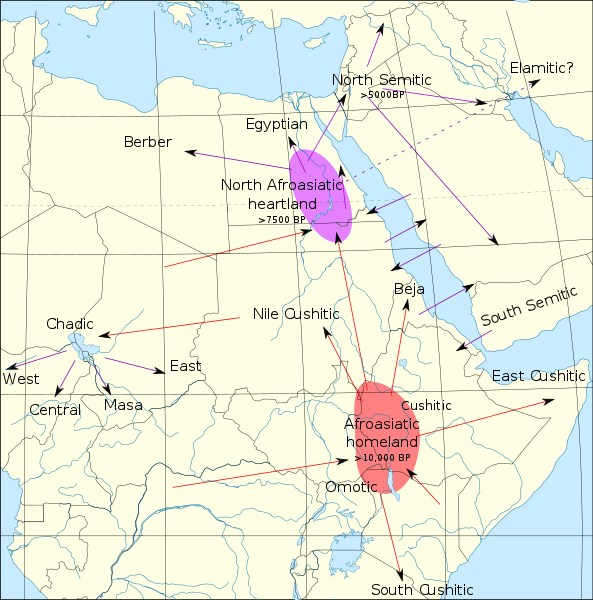Hello! I am very interested in the story of Al-Andalus and the Arab world in general, and as a player of medieval strategy videogames, I've always liked to play with Muslim factions. I made this thread because I would like to know more about the military strategies of the diverse Arab-Berber nations during the Middle Ages.
I am aware that as a general rule, Arab armies relied on light cavalry, ranged or not, and skirmished rather than engaging the ennemy up front. But I am specially interested in how their infantry fought and how well they fared against the infantry of other peoples (mainly Christians). For example:
- Did Arabs ever line heavy infantry that could go toe-to-toe with Christian knights?
- In general, how well did the Arabs do in battle as far as front-line infantries were concerned?
- The Arab infantry and cavalry in general were less heavily armoured than the European one. Did the fact that they tired less quickly and had more mobility make up for the lack of protection in close combat? In "European" kind of climates, I mean.
- Generally speaking, were they good at swordmanship? Who used to be better, Arabs or Europeans?
- What were the preferred weapons of the Arab infantry?
- What were the military differences between Arabs and Berbers? According to the Total War games, Berbers were mainly lightly armoured spearmen, archers, javelinmen and light cavalry skirmishers. Was there more than that? Did the Berber infantry fare well against their Spanish ennemies? Did they line "regular" infantries of swordmen as well?
I know these are very specific questions, but I will be grateful if only some of them are answered







 Reply With Quote
Reply With Quote




















